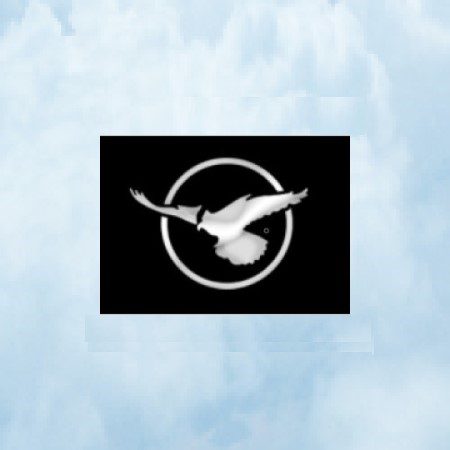Discovery of rare lava lake on remote sub-Antarctic island
A team of scientists has discovered a rare lava lake on a remote and inaccessible sub-Antarctic island. There are around 1500 land-based volcanoes on Earth, but despite the popular perception of steaming bubbling lava pools in their craters this volcano in the South Sandwich Islands is only the 8th to be identified worldwide to have a persistent lava lake.
The discovery on Mount Michael on Saunders Island, reported this month (July 2019) in the journal Volcanology and Geothermal Research, was made using satellite images and is the first to be identified within the British overseas territory, South Georgia and the South Sandwich Islands. In 2001, analysis of low-resolution satellite data revealed a geothermal anomaly but could not prove the existence of a lava lake. Now higher-resolution satellite images from 2003-2018 and advanced processing techniques have revealed a lake 90-215 metres in diameter with molten lava of 989-1279 °C present throughout this period.
Author and geologist, Dr Alex Burton-Johnson from British Antarctic Survey,
says:
“We are delighted to have discovered such a remarkable geological feature
in the British Overseas Territory. Identifying the lava lake has improved our
understanding of the volcanic activity and hazard on this remote island, and
tells us more about these rare features, and finally, it has helped us develop
techniques to monitor volcanoes from space.”
Lead author Danielle Gray from University College London says:
“Mount Michael is a volcano on a remote island in the Southern Ocean. It is extremely difficult to access, and without high-resolution satellite imagery it would have been very challenging to learn more about this amazing geological feature.”
The other seven lava lakes around the world are: Nyiragongo Volcano DR Congo; Erta Ale Volcano, Ethiopia; Mt Erebus, Antarctica; Mt Yasur Vanuatu; Kilauea, Hawaii and Ambrym, Vanuatu; Masaya, Nicaragua.
Ends
Evidence for a lava lake on Mt. Michael volcano, Saunders Island (South Sandwich Islands) from Landsat, Sentinel-2 and ASTER satellite imageryby Gray, D.M., Burton-Johnson, A., Fretwell, P.T. is published in the Journal of Volcanology and Geothermal Research, 379, 60-71. DOI here: https://doi.org/10.1016/j.jvolgeores.2019.05.002
Issued by the British Antarctic Survey Press Office
Layla Batchellier, Science Communications Officer at BAS email: laytch@bas.ac.uk; tel. +44 (0) 1223 221506, mobile: 07850 541910.
Athena Dinar, Senior Science Communications Manager at BAS email: amdi@bas.ac.uk; tel. +44 (0) 1223 221441, mobile: 07909 008516.
Images of the volcano are available on our ftp site here:
ftp://ftp.nerc-bas.ac.uk/pub/photo/Lava-Lake-Discovery/
To download individual files: do not use an FTP Client, simply open the above link with any standard web browser (Firefox, IE, Safari etc), right click on the filename and select ‘save target/link/file as’ to begin the download
NB: if (when using a Mac) you are asked to login, simply click guest to proceed
British Antarctic Survey (BAS), an institute of the Natural Environment Research Council (NERC), delivers and enables world-leading interdisciplinary research in the Polar Regions. Its skilled science and support staff based in Cambridge, Antarctica and the Arctic, work together to deliver research that uses the Polar Regions to advance our understanding of Earth as a sustainable planet. Through its extensive logistic capability and know-how BAS facilitates access for the British and international science community to the UK polar research operation. Numerous national and international collaborations, combined with an excellent infrastructure help sustain a world leading position for the UK in Antarctic affairs. For more information visit www.bas.ac.uk
The South Sandwich Islands are an archipelago of 11 small volcanic Islands located in the South Georgia and South Sandwich Islands Marine Protected Area between 350 and 500 miles South East of South Georgia. Collectively the South Sandwich Islands is reported to have half the global breeding population of chinstrap penguins. The Islands are seldom visited by humans given their hostile climate and extreme remoteness. Saunders Island saw its last major recorded eruption on 2016.
re lava lake on remote sub-Antarctic island



